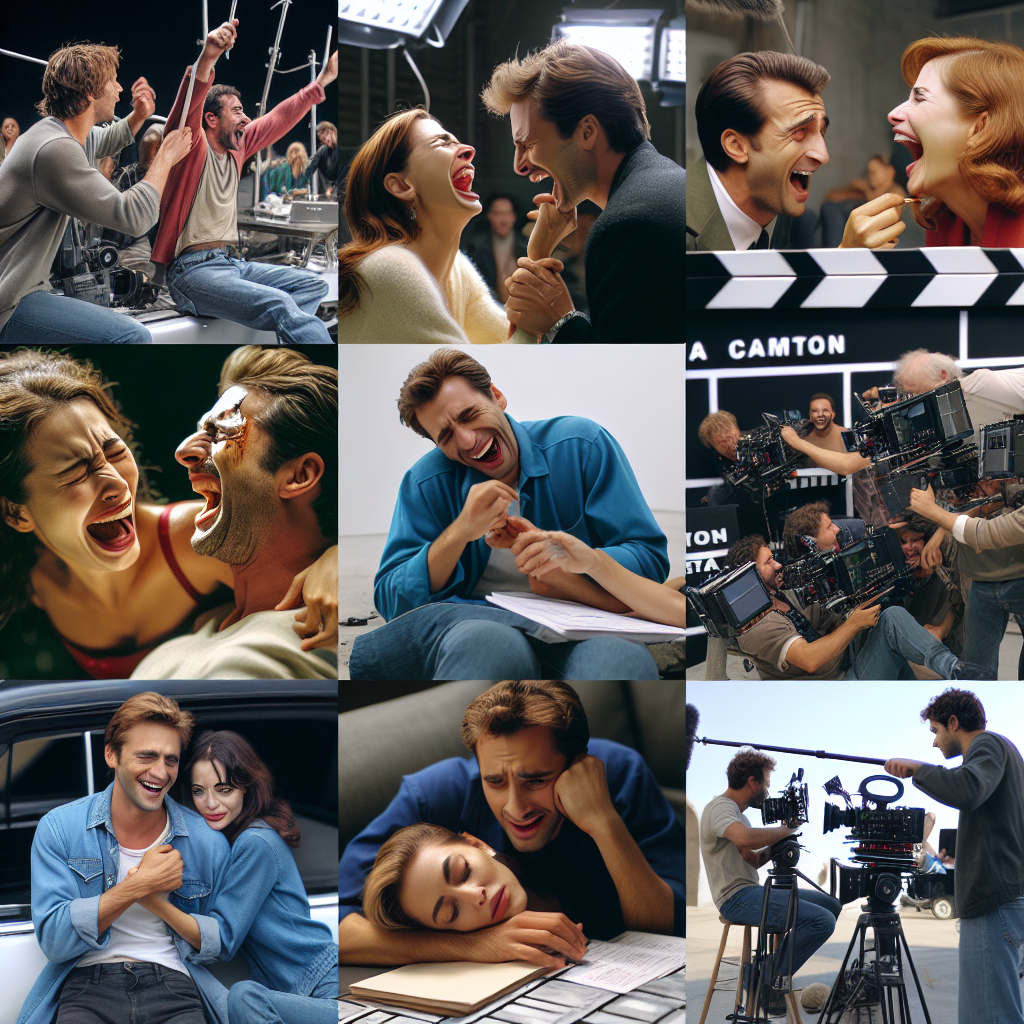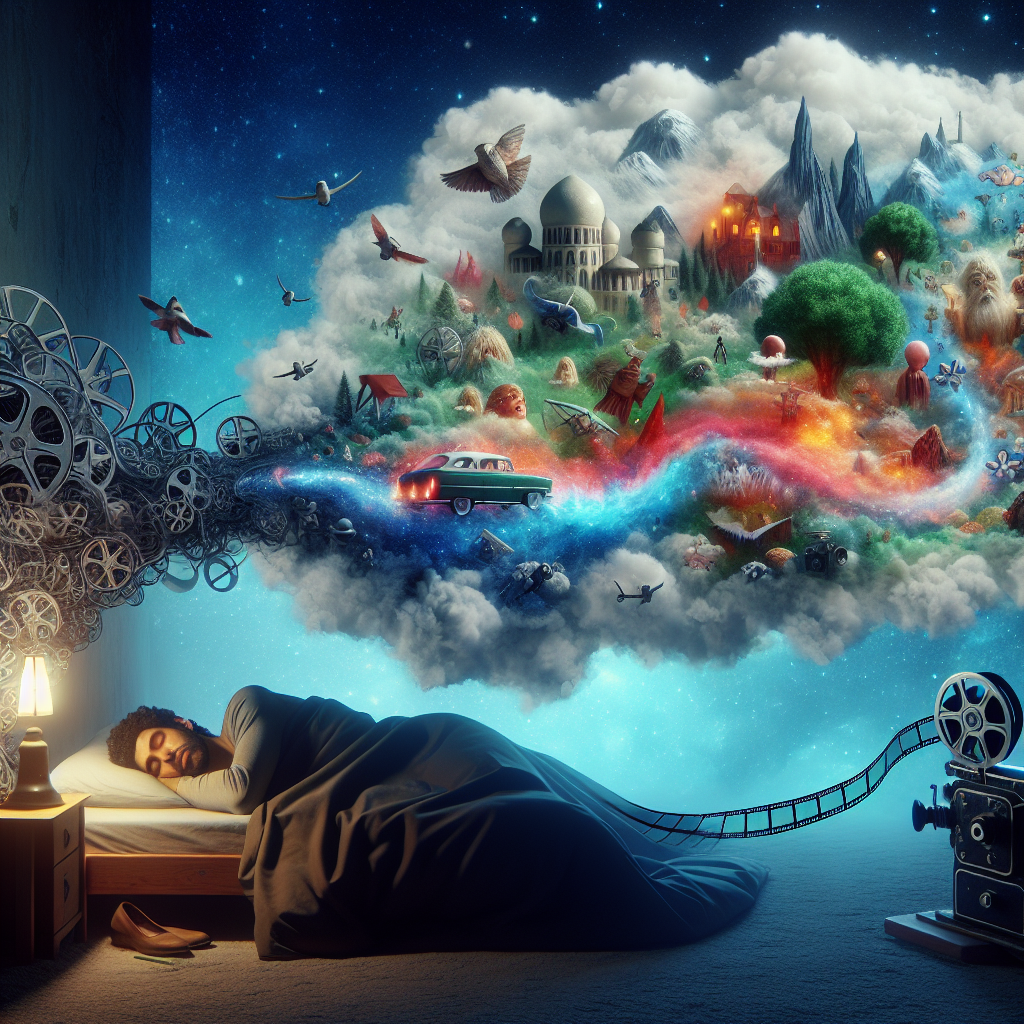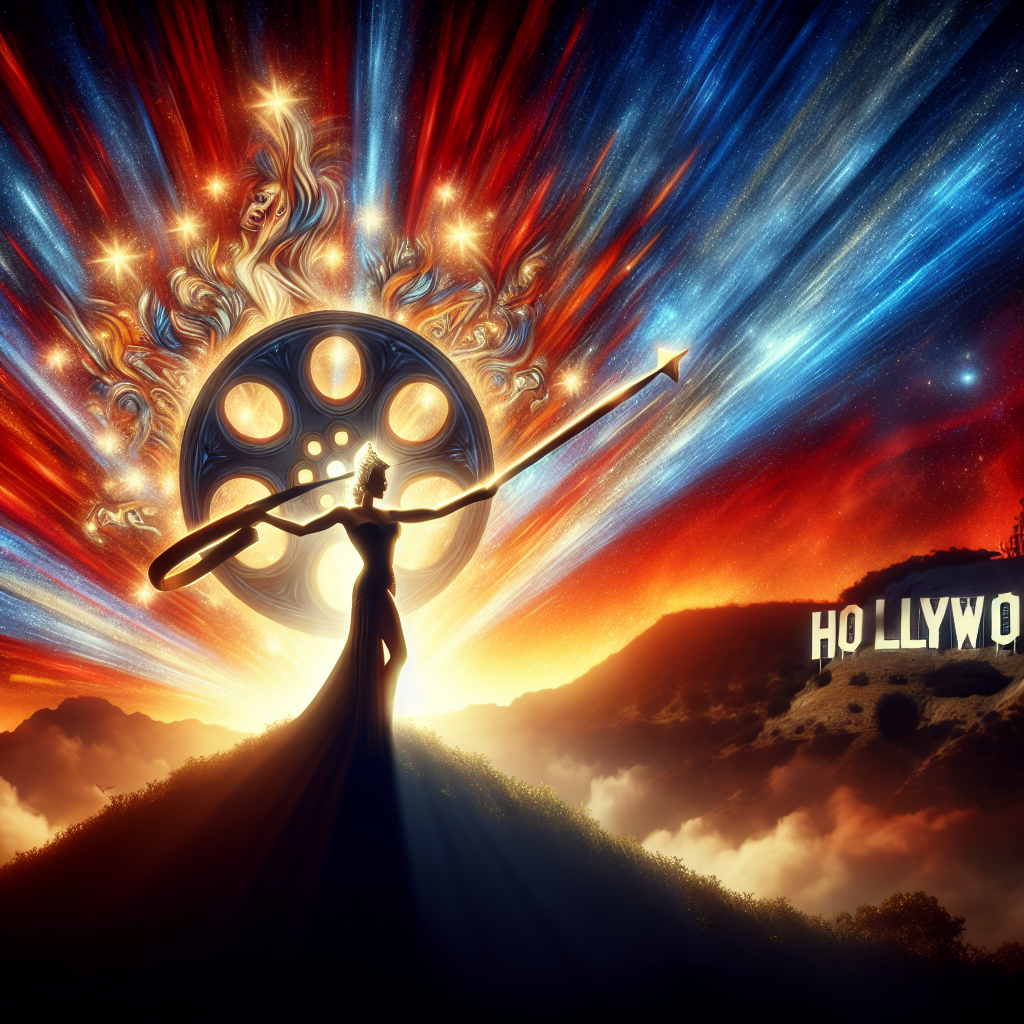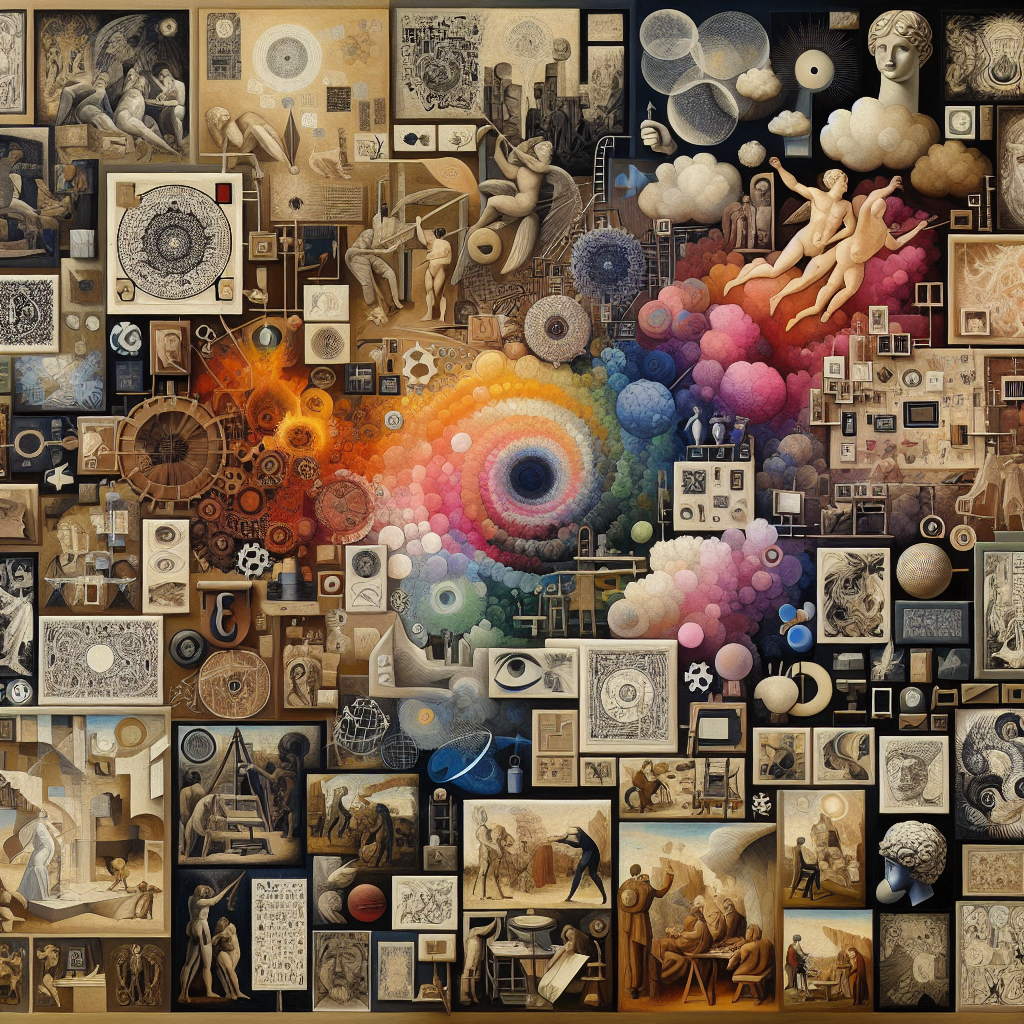Sometimes the most unforgettable movie moments aren’t the product of meticulous direction or carefully memorized lines—they’re accidents, emotions, and pure human instinct captured on camera. Behind the glitz of Hollywood, there’s a long tradition of cinematic serendipity, where genuine reactions and unscripted events made it into the final cut, forever blurring the line between acting and reality.
One of the most famous examples is from Raiders of the Lost Ark (1981), when Harrison Ford’s Indiana Jones faces off against a skilled swordsman in the streets of Cairo. The script called for an elaborate fight scene, but Ford was suffering from a severe stomach illness that day. Too exhausted to go through with the choreography, he improvised—pulling out his revolver and shooting the man instead. The moment was so unexpectedly perfect that Steven Spielberg kept it, and it became one of the film’s most iconic scenes.
Another legendary moment of authenticity comes from The Shining (1980). Shelley Duvall’s tearful, trembling fear as she fends off Jack Nicholson’s rampage wasn’t entirely performance. Director Stanley Kubrick pushed Duvall through over a hundred takes of emotionally draining scenes, leading to a raw exhaustion that seeped into her character, Wendy Torrance. While controversial in hindsight, the realism of her terror remains hauntingly effective.
In The Lord of the Rings: The Fellowship of the Ring (2001), Viggo Mortensen’s agonized scream after kicking a helmet was not acting—it was pain. During the take, he broke two toes. Instead of cutting, Peter Jackson used the shot, because Mortensen’s reaction was so powerful and authentic. Similarly, Leonardo DiCaprio’s Django Unchained (2012) dinner-table scene, where he slams his hand on a glass and bleeds, was entirely real. He accidentally cut himself but stayed in character, continuing the take as blood poured from his hand. Quentin Tarantino loved the intensity so much he kept it in the final cut.
Even the quiet moments of authenticity can be powerful. In Pretty Woman (1990), the famous scene where Julia Roberts giggles as Richard Gere snaps a jewelry box shut was unscripted. Gere decided to surprise her, and the resulting burst of laughter—pure, unguarded joy—became one of the film’s defining images. Likewise, in Good Will Hunting (1997), Robin Williams’ story about his wife’s quirks, including her gasping in her sleep, wasn’t in the script. His improvisation made Matt Damon genuinely crack up, giving the moment warmth that only real spontaneity could achieve.
Sometimes, authenticity arrives through accident rather than intent. In The Dark Knight (2008), Heath Ledger’s Joker slowly claps while imprisoned wasn’t planned—it was a bit of improvisation in response to the scene’s pacing. The eerie rhythm of his applause became one of the character’s defining moments. In another instance, Saving Private Ryan (1998) used shaky, handheld cameras and live pyrotechnics, making the actors genuinely disoriented and frightened during the D-Day landing scene. What audiences felt wasn’t just performance—it was the actors’ real confusion and adrenaline.
These moments remind us that film, at its best, captures something unpredictable and alive. While great acting can mimic reality, the greatest cinematic magic often happens when it isn’t acting at all—when a mistake, a moment of exhaustion, or a spark of improvisation cuts through the illusion and shows us something undeniably real.
So next time you rewatch a classic, look closely at those flashes of imperfection—the broken glass, the unscripted laugh, the pained scream. Behind them lies the true art of cinema: a collaboration between chance, emotion, and the camera’s unblinking eye.




